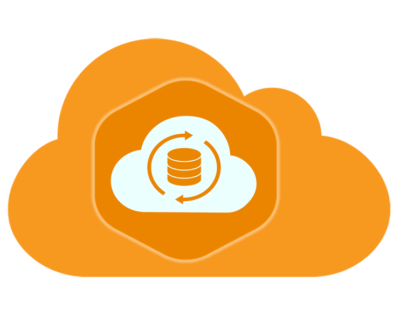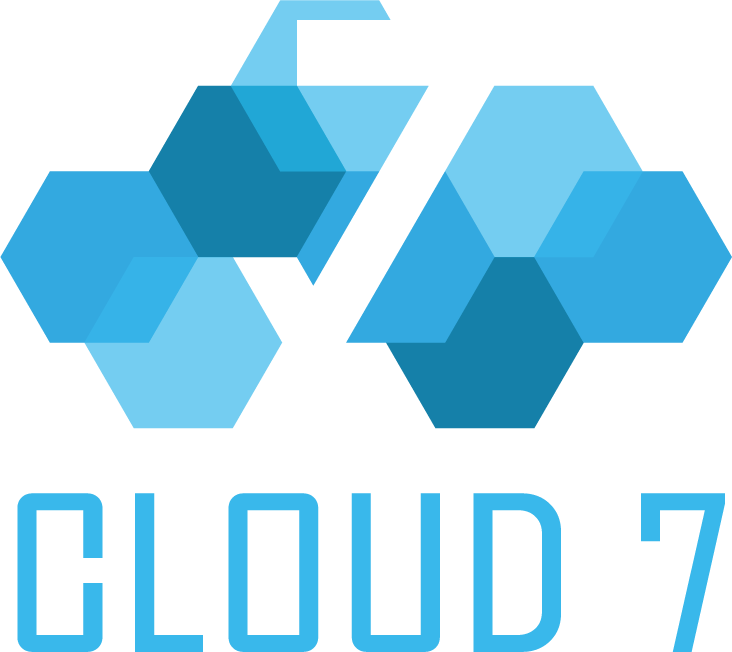
We all know that data loss and downtime costs money, so how confident are you in your existing services?
Our team can assess your current environment and provide you with the best approach so that you can implement a disaster recovery solution that fits your business needs.
You can initiate secure data replication by setting up AWS Elastic Disaster Recovery on your source servers. AWS replicates your data to the staging area subnet in the region you specify within your AWS account. In order to maintain ongoing replication, the staging area design uses affordable storage and minimal computing resources. To confirm that the implementation is complete, you can perform non-disruptive tests. In normal operations, perform non-disruptive recovery and failback drills periodically and monitor replication. Recovery instances can be launched on AWS within minutes, using the most recent server state or a previous point in time, if you need to recover applications. The applications that you run on AWS can be kept there, or data replication can be initiated back to your primary site once the issue has been resolved. When you’re ready, you can fail back to your primary site.
On-premises to AWS
Recover operations quickly after unexpected events, such as software issues or datacenter hardware failures. With AWS DRS, you can achieve RPOs of seconds and RTOs of minutes.
Cloud to AWS
Using AWS as your recovery site can help you increase resilience and meet compliance requirements. Cloud-based applications can be converted to run natively on AWS with AWS DRS.
AWS Region to AWS Region
By using AWS DRS to recover applications in a different AWS Region, you can increase application resilience and meet availability goals
Building a business continuity strategy
Building a business continuity strategy
Protecting your business requires disaster recovery
With our expertise in AWS,
Our team implements and manages the best tools to protect your data.
There are multiple scenarios for AWS Site Recovery, including disaster recovery, migration, and development/test environments. The recovery point objective and recovery time objective are very low. The RPO could be as low as 30 seconds, while the RTO could be between 5 and 30 minutes. The smaller RTO is because it is in sync with the source. ASR needs only operational recovery data. In addition to making customized recovery plans, we are able to create test copies on demand.
Key metrics for a successful Business Continuity Plan (BCP)
There are two key metrics to determine when formulating a robust BCP.


 Microsoft Azure
Microsoft Azure AWS
AWS Modern Workplace
Modern Workplace
